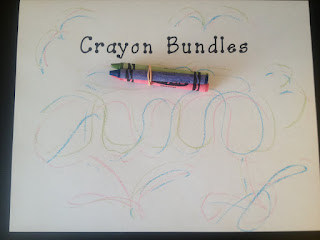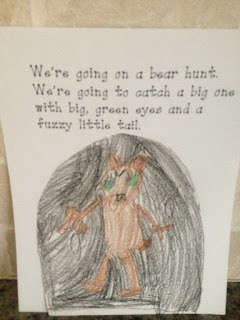(Traditional Tune - I remember doing this as a kindergartener in 1952, and I thought it was the coolest thing ever. I bet your kids might enjoy it just as much - and it's something that you could do virtually or in person.)
Children form a circle as you explain that a "lassie" is a girl and a "laddie" is a boy. A girl is chosen to be the "lassie." She gets in the middle of the circle and makes a funny motion that the others must mimic as you sing. The girl then chooses a "laddie" to stand in the middle and make a motion. The game continues as girls and boys take turns leading in the game.
Did you ever see a lassie, a lassie, a lassie?
Did you ever see a lassie go this way and that?
Go this way and that way,
Go this way and that way.
Did you ever see a lassie go this way and that?
Did you ever see a laddie...
Cut the rim off a paper plate and cut in half as shown. Let children color it like a rainbow and then attach tissue paper streamers. They can use their rainbows as they dance and sing.

St Patrick’s Day!
(Tune: “Sweet Molly Malone”- Happy Everything CD)
On the 17th of March (Point heels on opposite feet as if doing a jig.)
About when spring starts
The lassies and leprechauns
Come out to play.
We’ll find four-leafed clovers (Hold up 4 fingers.)
And wear green all over, (Move hands over clothing.)
And that’s how we’ll celebrate (Put hand in the air as if cheering.)
St. Patrick’s Day!
The legends of old
Say there’re pots of gold (Extend arms in a circle.)
A’ sparkling and shining (Open and close fingers to make sparkles.)
At each rainbow’s end.
The leprechauns know (Point to brain.)
Right where to go,
So if you see a leprechaun (Hand over eyes as if searching.)
Make him your friend!
On the 17th of March
About when spring starts
The lassies and leprechauns
Come out to play.
We’ll find four-leafed clovers
And wear green all over,
And that’s how we’ll celebrate
St. Patrick’s Day!





















































